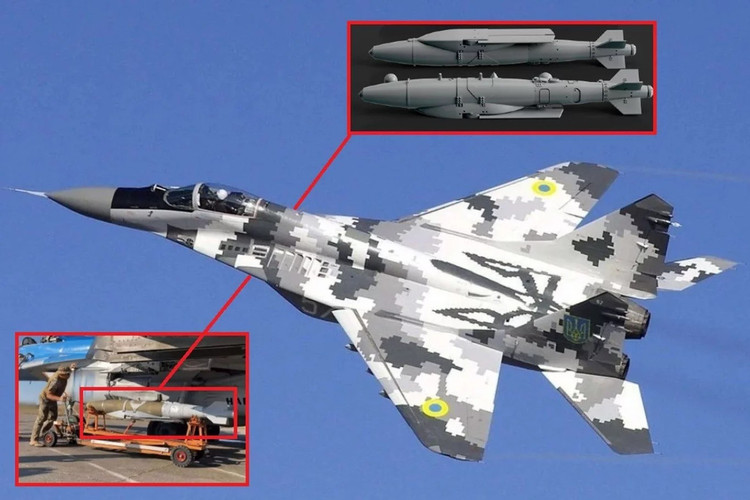

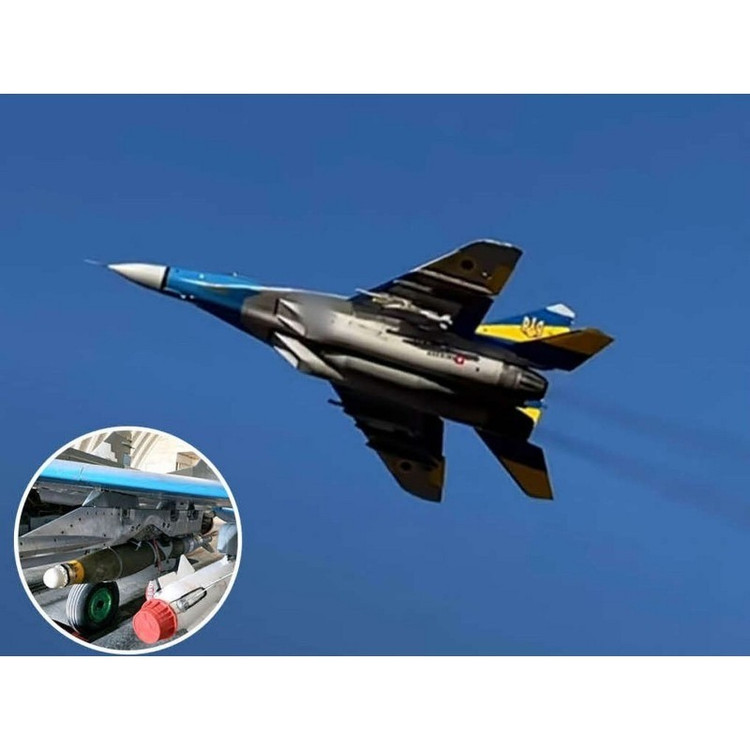
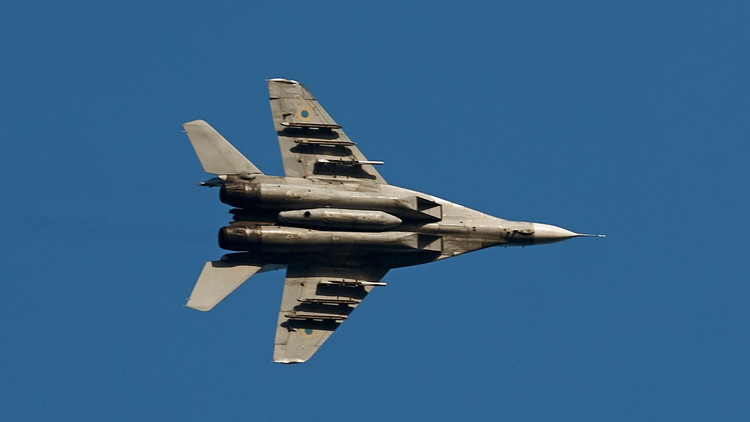
The blog’s operators say Ukraine’s MiG-29s are taking on a new role: delivering long-range precision strikes designed to chip away at Russia’s logistics system. Each hit on a bridge, ammunition depot, or command post is designed to create a chain reaction far beyond the capabilities of a single fighter.
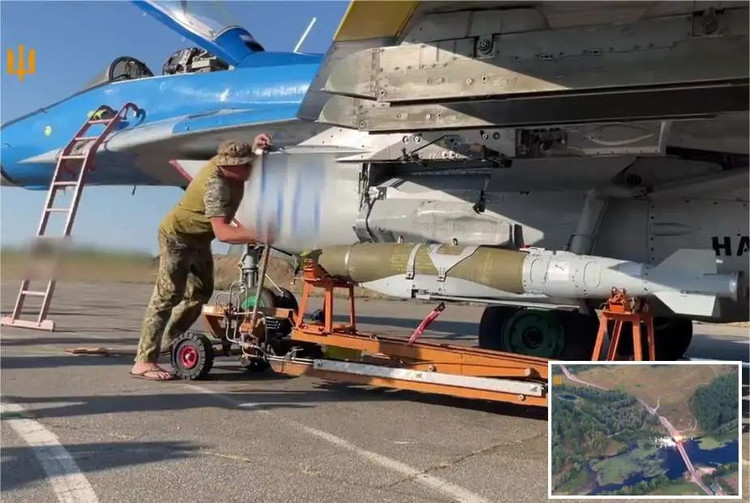
Created in the late 1970s for air superiority missions, the MiG-29 was not originally designed to carry Western weapons. But Ukraine has turned it into a multi-role platform, capable of launching everything from AGM-88 HARM missiles to guided bombs and modern avionics—something that Russian engineers would never have imagined.

Meanwhile, the GBU‑62 JDAM‑ER is a Mk‑82 bomb equipped with a GPS/INS guidance tail and extended glide wings, allowing it to hit fixed targets at a distance of 70 - 80 km. Thanks to that, the MiG‑29 can launch attacks from outside dense air defenses while maintaining accuracy of only a few meters.

Furthermore, integrating the JDAM‑ER onto the MiG‑29 was a major technical challenge. Ukraine had to develop its own launchers, GPS antenna bays, and additional datalinks to compensate for the aircraft’s non-NATO compliance. This breakthrough paved the way for Ukraine to deploy Western glide bombs on a regular basis.

Less talked about, the JDAM‑ER came to Ukraine as part of a 2023 US aid package, along with surplus Australian glider wings used for its F/A‑18 Hornet fleet. At a much lower cost than cruise missiles, the bomb quickly became a cost-effective and highly effective deep strike solution.

In addition, JDAM‑ER allows Ukraine to turn free-fall bombs into precision-guided weapons. The difference between the two sides lies in the way they are deployed: Russia often drops them en masse to sweep a large area, while Ukraine uses them sparingly but extremely precisely, focusing on targets of high strategic value such as command posts, warehouses, bridges...

The bridge that collapsed near Kamianske was a vital link for Russia to maintain pressure on Stepov and Lobkov. Its destruction forced Moscow to send in more engineers, anti-aircraft and transport vehicles, a logistical drain that it could not replace in a short time.

In the larger picture, each bridge destroyed in Zaporizhzhia slowed the Russian advance and opened up more space for Ukraine to operate. The JDAM-ER-equipped MiG-29s gradually became the symbol of an air force that was flexible, innovative, and increasingly proficient in combat.

The attack on Kamianske was not only a tactical victory, but also marked the transformation of the MiG‑29 fleet from a Cold War fighter into a platform for delivering long-range precision weapons by Western standards. As this capability expanded, every Russian bridge, ammunition depot, or logistics hub within dozens of kilometers became a target, increasing the pressure on Moscow.
Source: https://khoahocdoisong.vn/mig29-ukraine-thoi-bay-cau-huyet-mach-o-zaporizhzhia-post2149069442.html













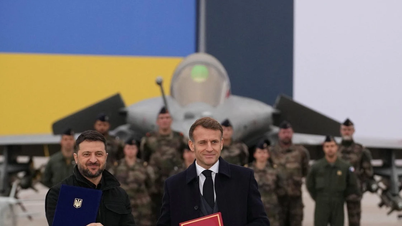
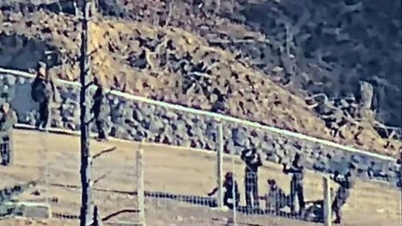








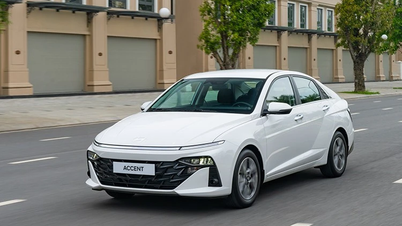


![[Photo] General Secretary To Lam and National Assembly Chairman Tran Thanh Man attend the 80th Anniversary of the Traditional Day of the Vietnamese Inspection Sector](https://vphoto.vietnam.vn/thumb/1200x675/vietnam/resource/IMAGE/2025/11/17/1763356362984_a2-bnd-7940-3561-jpg.webp)































































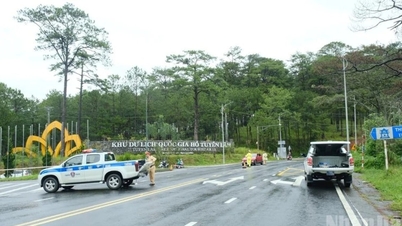















Comment (0)